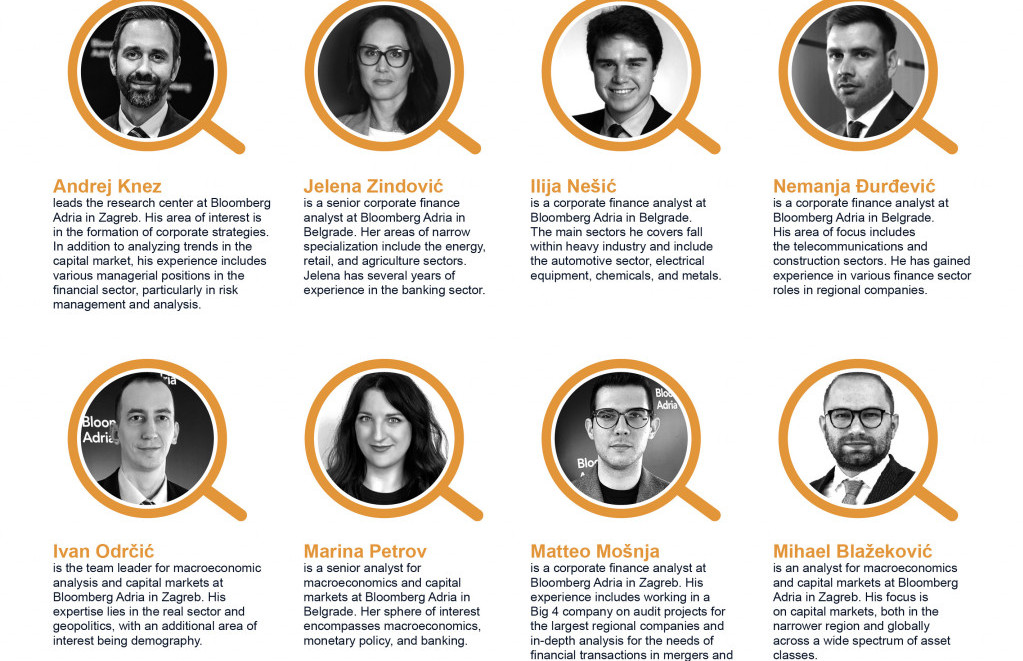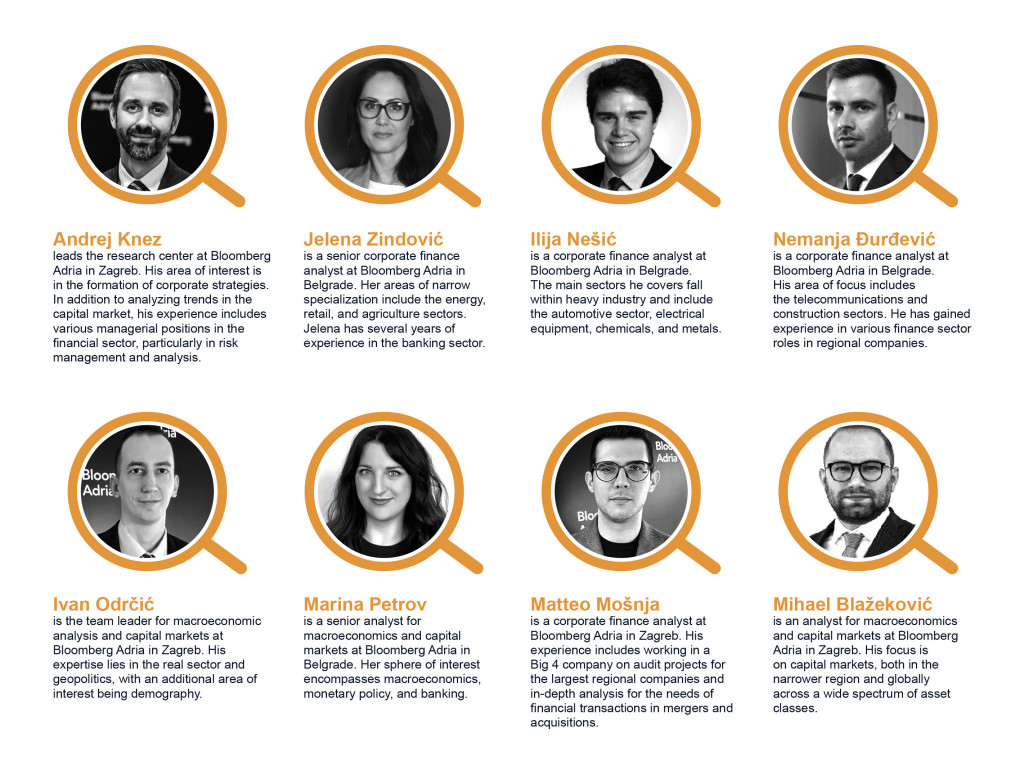Our general view for 2024 is that the real GDP growth in the Adria region will accelerate slightly, with an average growth rates around 3%, coming off from 2% in 2023. Inflation will not be a key topic any more as it will remain on a bumpy-style downtrend during 2024. Nominal wage growth will be slower, but still positive and alongside slower rise in prices means that wages will still be rising in real terms. Personal spending and foreign demand will be the key drivers behind faster economic growth. Households will benefit from wage growth and significantly lower inflation. The most important trade partners are expected to recover in 2H2024, improving the region’s foreign trade trends.
North Macedonia is to be the most at risk in 2024 due to its high 50%-alike export concentration to Germany and Italy, which are in the economic downcycle. Serbia stands out as the country where negative risks are the least emphasized, given its geographically diversified foreign trade and ample investments. Croatia and Slovenia will benefit from abundant EU funds and its massive utilization for natural disaster reconstructions. Croatia also faces a ”superelection” year, however we do not see this being any game changer to the economic outlook. On Bosnia and Herzegovina, the economic outcome hinges on utilizing the improved political stability and reforms to speed up its step towards full membership in the EU.
Economies in the region are nowadays less susceptible to global shocks. The key reason is that Adria region economies have spent most of 2010s to fix their inherited imbalances. Paradoxically, poor demography trends have also worked in that direction, as reduction in the labour market supply means that companies nowadays are not rushing to de-staff on any hint of economic activity weakening. However, this also means that the span of various scenarios for economic activity is not only limited to the downside, but also on the upside. The rationale is that GDP growth far above the economy potential would be mostly driven by sizeable private sector borrowing, which is not achievable under today’s regulatory rules.
ECB will not hike interest rates in this cycle any more and will be preparing for a first rate cut likely somewhere in the middle of 2024. This will combine with further withdrawal of excess liquidity in the Eurozone banking system. Although Euribor rates could start falling already in 2024, we do not expect bank loans to become cheaper. By squeezing out the excess liquidity, ECB aims at preventing banks lending money at interest rates as low as in couple of years prior to 2023, and this task targets sustaining inflation in a downtrend at least until late 2025. The most likely scenario is that the ECB would like to see banks’ interest rates somewhere around those from the second half of 2010s.
In Adria region, we expect Croatian system to be the least affected by monetary tightening given the economy’s inherited superb liquidity conditions from before entering the Euro area. Bosnia and Herzegovina will follow suit as high share of banks’ liquidity is not engaged in private sector lending. Borrowing conditions for private sector will be more affected in Slovenia, Serbia and North Macedonia, where banks sit on somewhat smaller pile of unused cash. Both Serbian and North Macedonian central banks will follow the similar path as the ECB, refraining from further rate hikes, looking into rate cut potential and mixing this with the banking system’s liquidity management as long as inflation remains in a downtrend.
In 2024, we see the TTF gas price around 50EUR/MWh, with downward bias, as capacities for the upcoming winter are full, and extremely cold winter has low probability, providing solid capacities fulfilment at the season end. Reorientation towards renewables in electricity production will ease demand for gas. Crude oil will hover around 90USD/bbl, mostly as global macroeconomic prospects are weak and monetary policies will be restrictive until mid-2024. On the other hand, OPEC+ decisions regarding production will provide support to the current levels, not allowing significant decrease in the price.
Coal prices will be pressured up by China’s continued inventories build-up to ensure power security, as the country electricity production is largely coal based. Increased demand will also come from India, as the economy is set to grow vividly in the coming year. Demand for electricity in Europe will increase in 2024, after a drop during 2023 due to slower economic activity in the advanced economies. This will hold the power prices elevated, with upward bias, as the electricity production switches to renewables.
On the pharmaceutical business trends, we expect a notable increase in capital expenditures in the near term, and major pharmaceutical companies are solidifying their presence within our region. The trend toward nearshoring would unlock additional investment opportunities in Adria region. As evidenced throughout 2022, companies have demonstrated adaptability, largely owing to their extensive experience in conducting business in Russia. However, it is important to note that exchange rate fluctuations, particularly the anticipated weakening of the Russian Ruble, may erode earnings potential. There are already certain pricing measures on the key pharma producers in the region, and, there is limited room for further price hikes due to the purchasing power constraints of Russian citizens.
On retail industry, in 2024 we see personal consumption in Adria region accelerating, which will aid to better outlook for the local retailers. Main reasoning behind this view is centred around further slowdown in inflation rates along with recovering consumer sentiment. Faster overall economic activity should keep real wage growth steady, as well as employment prospects – all positively contributing to retail trade growth in all countries. Food spending will remain robust in 2024 supported by faster slowdown in inflation rate compared to headline.
On the construction and real estate industry, we expect a noticeable 10%+ correction in household real estate prices in 2024 as the market cools down and high base from previous years kicks in. As for construction firms, we anticipate further upside pressures on labour costs due to increased demand for civil engineering projects. We expect a continuation of lower activity in building construction, leading the construction industry to rely more on projects of civil engineering in the near future. Civil engineering is less influenced by interest rate volatility because the projects are sponsored by governments and EU funds. Overall, construction materials’ cost has peaked in the middle of 2023 and it should move downwards throughout 2024, which will, along with persistent but slower labour costs growth, lead to slower growth in total building costs.
Tourism companies face a new set of challenges, with costlier financing and the potential stagnation in foreign arrivals. Another risk is the guest structure shift, i.e., less tourist arrivals expected from Western European countries, towards CEE region, with tourists from the latter spending less than the former. The macro environment will inevitably influence what is considered discretionary spending, as we expect most of EU countries will enter recessionary environment by the end of 2023, with the most important ones being Germany, Italy and Austria. Lower inflation means slower rise in input costs, but it will also transform into slower rise in company sales. Another risk for the sector is the “Law on tourism” in Croatia, bringing higher standardization in order to improve the sector’s sustainability and, thus, affecting the private accommodation industry.












.png)